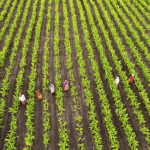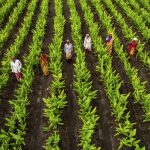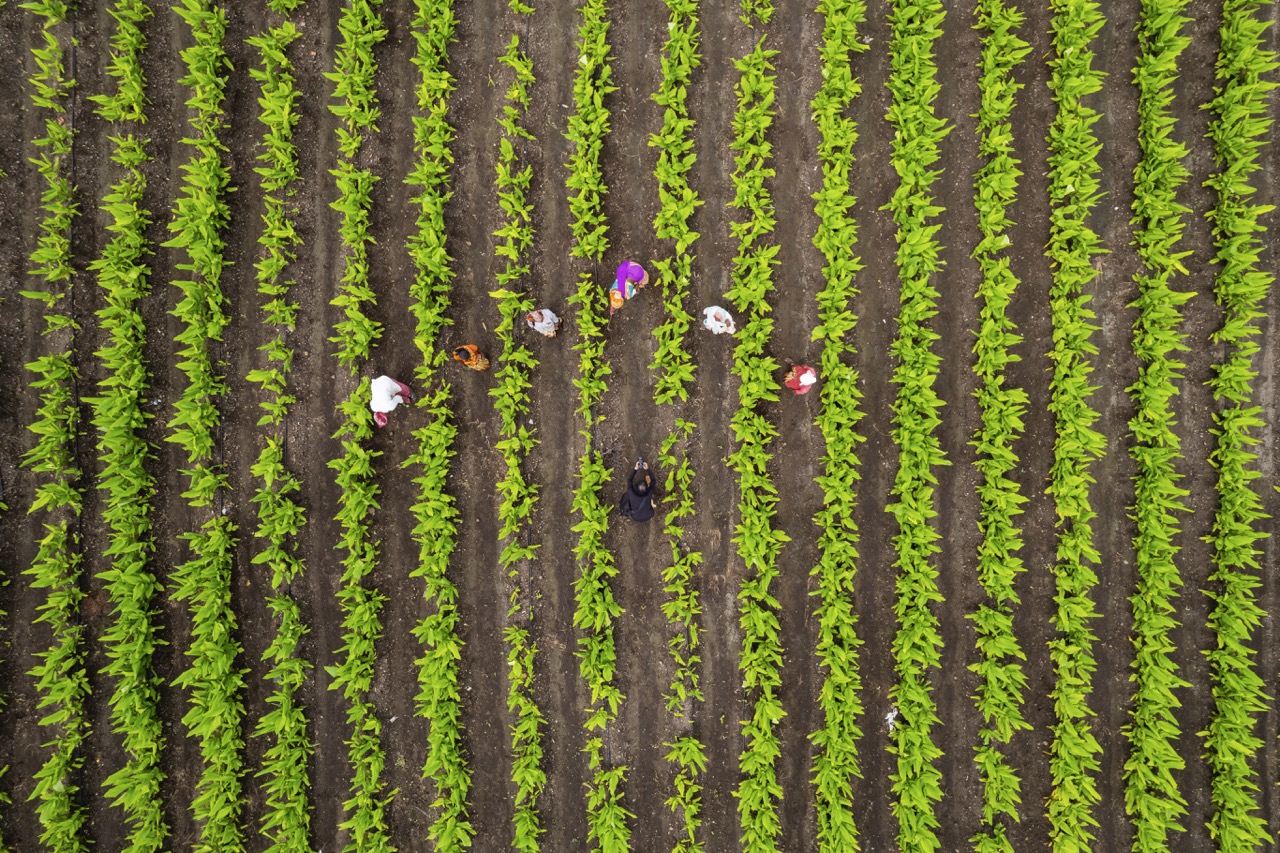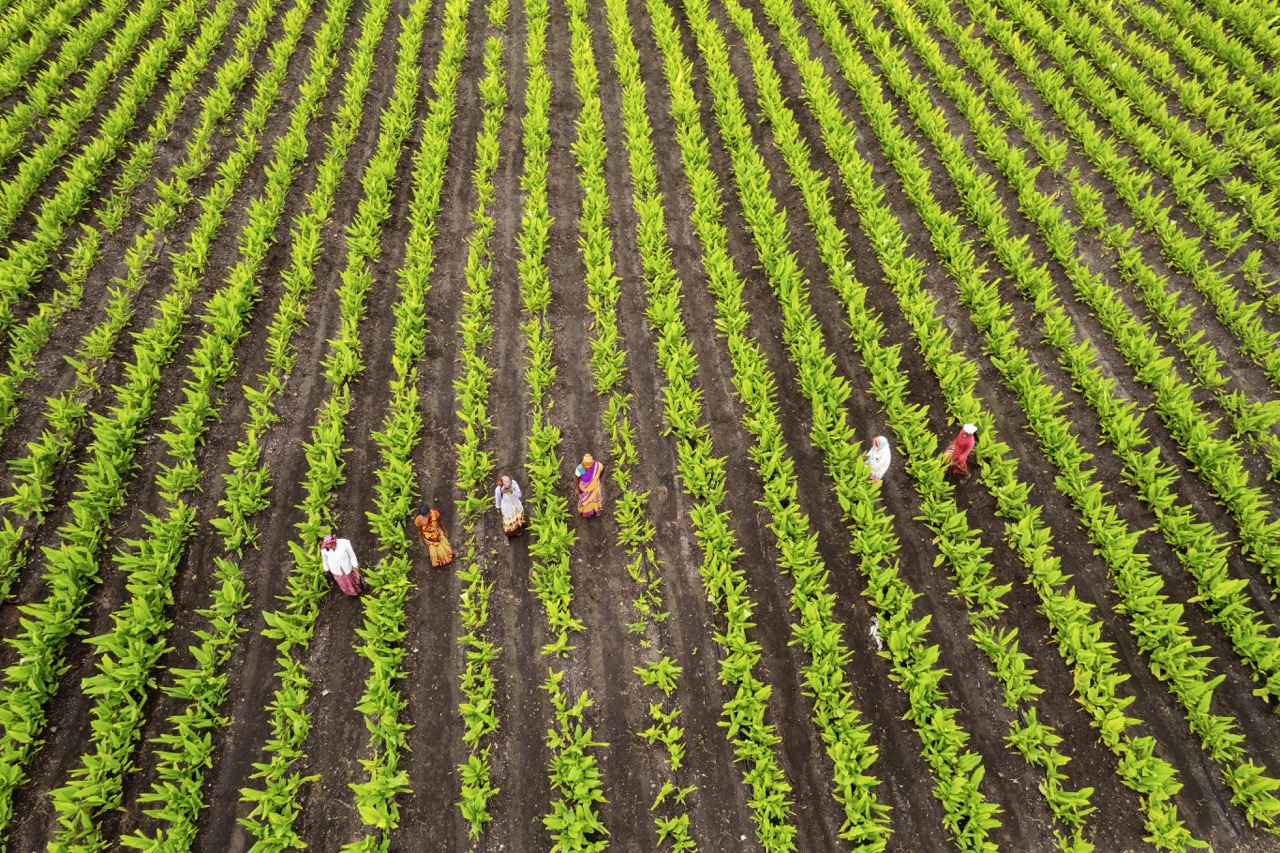Sharecropping, a farming model with deep historical roots, has evolved into a potentially sustainable approach to agriculture in contemporary settings. By allowing landless farmers to cultivate plots of land in exchange for a share of the crop, this system not only addresses economic inequalities but also holds promise for improving soil fertility. As the world grapples with the challenges of food security and environmental degradation, the principles of sharecropping combined with modern agricultural techniques can pave the way for healthier soils and more resilient farming ecosystems. This article explores the multifaceted relationship between sharecropping and soil health, demonstrating how this age-old practice can contribute positively to sustainable agriculture.
Understanding Sharecropping: A Sustainable Farming Model
Sharecropping emerged in the aftermath of the Civil War in the United States, primarily as a means to support landless farmers and provide them with a livelihood. This system enables farmers, often referred to as sharecroppers, to work on a landowner’s property, cultivating crops in return for a share of the harvest. The flexibility of this model is one of its main advantages; it allows individuals to gain access to land without the heavy capital investment typically required for farming. In a world increasingly focused on sustainability, sharecropping can serve as an adaptive model that balances the needs of both landowners and farmers while promoting environmental stewardship.
The sustainability of sharecropping lies in its ability to foster community engagement and resource-sharing. By cultivating diverse crops suited to the local environment, sharecroppers can contribute to a more resilient agricultural system. This approach not only combats monoculture practices that often lead to soil depletion but also creates an interconnected network of farmers who can share knowledge, techniques, and resources. Over time, this cooperative spirit can lead to better management practices that prioritize soil health and overall farm productivity.
Moreover, sharecropping can empower marginalized communities by providing them with the means to improve their livelihoods while simultaneously focusing on sustainable land use. As awareness grows regarding the importance of soil health in combating climate change and promoting biodiversity, sharecropping emerges as a viable solution that marries economic necessity with environmental responsibility. By adopting and adapting sharecropping principles, farmers can work towards long-term strategies that build soil fertility and resilience.
The Benefits of Crop Rotation in Sharecropping Systems
One of the cornerstones of sustainable agriculture is crop rotation, a practice that is particularly well-suited to sharecropping systems. By alternating the types of crops grown on a particular plot of land, farmers can prevent soil nutrient depletion and reduce pest infestations. This not only enhances soil fertility but also leads to healthier crop yields. Sharecroppers can strategically plan their rotations to include legumes, which naturally fix nitrogen in the soil, thus improving its nutrient profile over time.
Incorporating diverse crops into a sharecropping system also helps improve soil structure and health. Different plants have varying root systems which can aerate the soil and reduce compaction. This diversity is particularly beneficial in sharecropping arrangements, as it allows for collaborative planning among farmers to optimize land use. Furthermore, the rotation of crops can disrupt the cycles of pests and diseases, leading to reduced reliance on chemical inputs and ultimately healthier soils that are more resistant to degradation.
Lastly, crop rotation fosters a sense of community and collaboration among sharecroppers. By working together to develop rotation plans, farmers can share insights based on their unique experiences, ultimately enhancing their collective knowledge and practice. This collaborative effort not only strengthens relationships but also leads to more sustainable farming practices that prioritize long-term soil health over short-term gains.
Enhancing Soil Fertility Through Organic Practices
Organic practices can play a vital role in enhancing soil fertility within sharecropping systems. By prioritizing natural inputs such as compost, green manures, and cover crops, sharecroppers can improve soil structure and biodiversity. These organic amendments not only provide essential nutrients but also enhance the microbial activity critical for soil health. Sharecropping arrangements can facilitate the collective use of organic materials, allowing farmers to pool resources and knowledge for the benefit of their plots.
The integration of agroecological principles into sharecropping systems can further bolster soil fertility. Techniques such as intercropping, agroforestry, and the use of natural pest control methods can help maintain nutrient levels and protect against soil erosion. Sharecroppers often possess traditional knowledge about these practices, which, when combined with modern techniques, can lead to innovative solutions that improve soil health sustainably. This transformative approach also enables farmers to adapt to climate change by building resilience in their farming systems.
Moreover, education and training on organic farming techniques can enhance the skills of sharecroppers, empowering them to implement practices that improve soil fertility. Workshops and community programs focused on organic agriculture can foster a culture of sustainability and shared responsibility for soil health. By emphasizing organic practices within the sharecropping framework, farmers can cultivate not only more fertile soils but also a more equitable and sustainable agricultural model.
Case Studies: Successful Sharecropping and Soil Health
Examining successful case studies of sharecropping can provide valuable insights into how this model can enhance soil fertility. For instance, in parts of the southern United States, many sharecroppers have adopted organic farming practices that utilize cover crops and composting techniques. These methods have led to significant improvements in soil quality and crop yields over time. By documenting these successes, researchers can highlight the benefits of sustainable practices within the sharecropping framework and encourage more widespread adoption.
Another compelling example comes from rural communities in Africa, where sharecropping has been integrated with agroecological farming methods. In these regions, farmers have implemented crop rotations and mixed cropping strategies that not only improve soil health but also increase food security. The positive impacts of these practices on soil fertility are evident, resulting in greater resilience to climate-related challenges and market fluctuations. Such case studies underscore the potential of sharecropping to serve as a robust strategy for sustainable agriculture.
Finally, collaborative initiatives among sharecroppers in Latin America have demonstrated the importance of community engagement in promoting soil health. By establishing cooperative organizations, farmers have been able to pool resources, share knowledge, and implement joint soil management strategies. These efforts have led to improved soil fertility and agricultural sustainability, showcasing the power of collective action in enhancing the effectiveness of sharecropping systems.
In conclusion, sharecropping, when embedded with modern sustainable practices, presents a unique opportunity to enhance soil fertility while supporting the livelihoods of marginalized farmers. By leveraging the benefits of crop rotation, organic practices, and community collaboration, sharecropping can evolve into a powerful model for sustainable agriculture. The case studies highlighted demonstrate the potential for this age-old practice to address contemporary challenges in food security and environmental degradation. As the agricultural community moves toward more sustainable practices, sharecropping stands out as a viable solution for fostering healthier soils and resilient farming systems.










